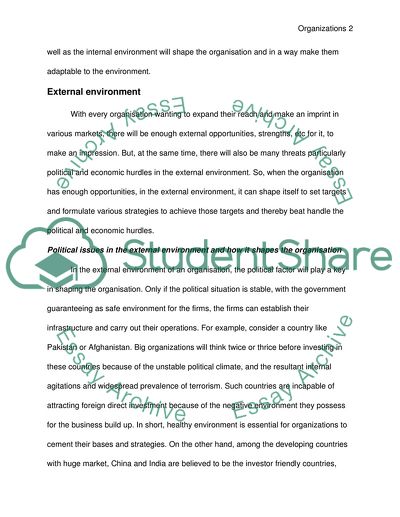Cite this document
(In What Ways Does The Environment Appear to Shape Organizations Assignment - 1, n.d.)
In What Ways Does The Environment Appear to Shape Organizations Assignment - 1. Retrieved from https://studentshare.org/environmental-studies/1736962-in-what-ways-does-the-environment-appear-to-shape-organisations
In What Ways Does The Environment Appear to Shape Organizations Assignment - 1. Retrieved from https://studentshare.org/environmental-studies/1736962-in-what-ways-does-the-environment-appear-to-shape-organisations
(In What Ways Does The Environment Appear to Shape Organizations Assignment - 1)
In What Ways Does The Environment Appear to Shape Organizations Assignment - 1. https://studentshare.org/environmental-studies/1736962-in-what-ways-does-the-environment-appear-to-shape-organisations.
In What Ways Does The Environment Appear to Shape Organizations Assignment - 1. https://studentshare.org/environmental-studies/1736962-in-what-ways-does-the-environment-appear-to-shape-organisations.
“In What Ways Does The Environment Appear to Shape Organizations Assignment - 1”, n.d. https://studentshare.org/environmental-studies/1736962-in-what-ways-does-the-environment-appear-to-shape-organisations.


